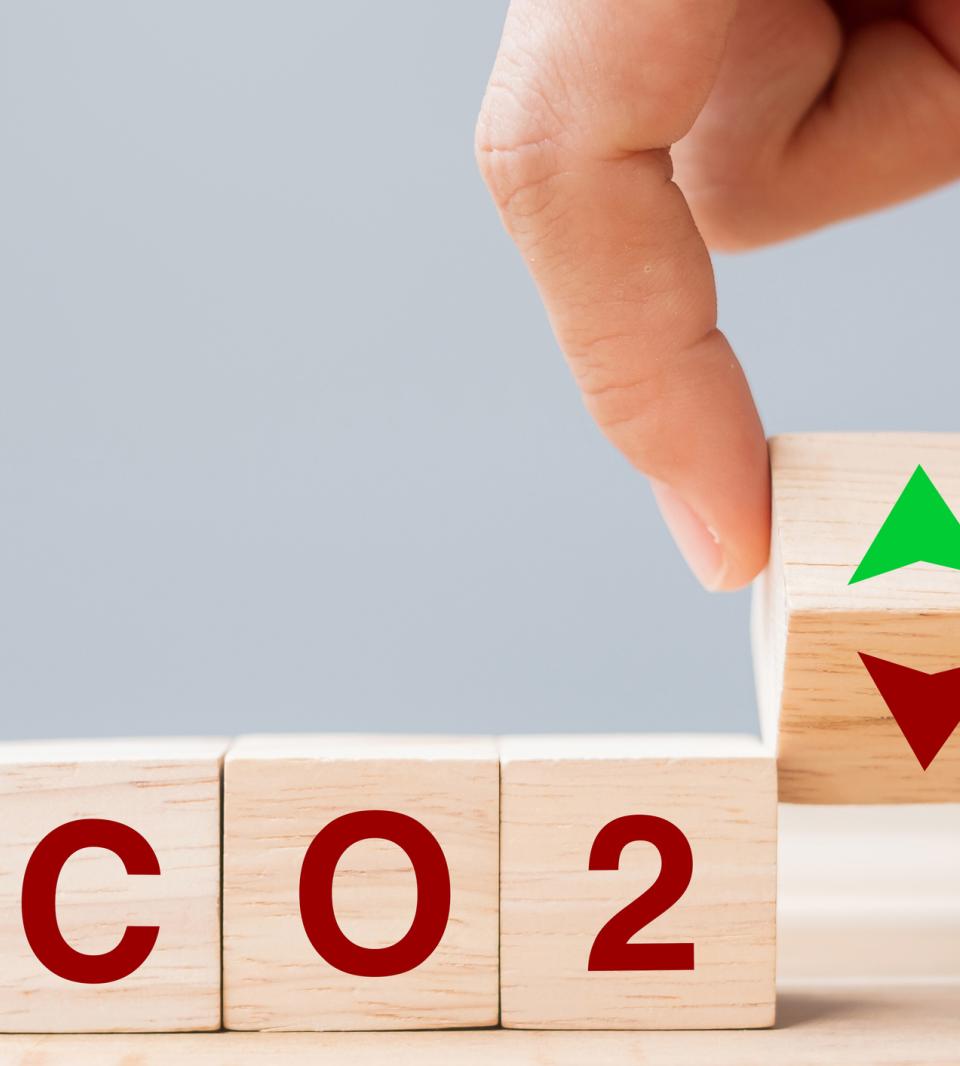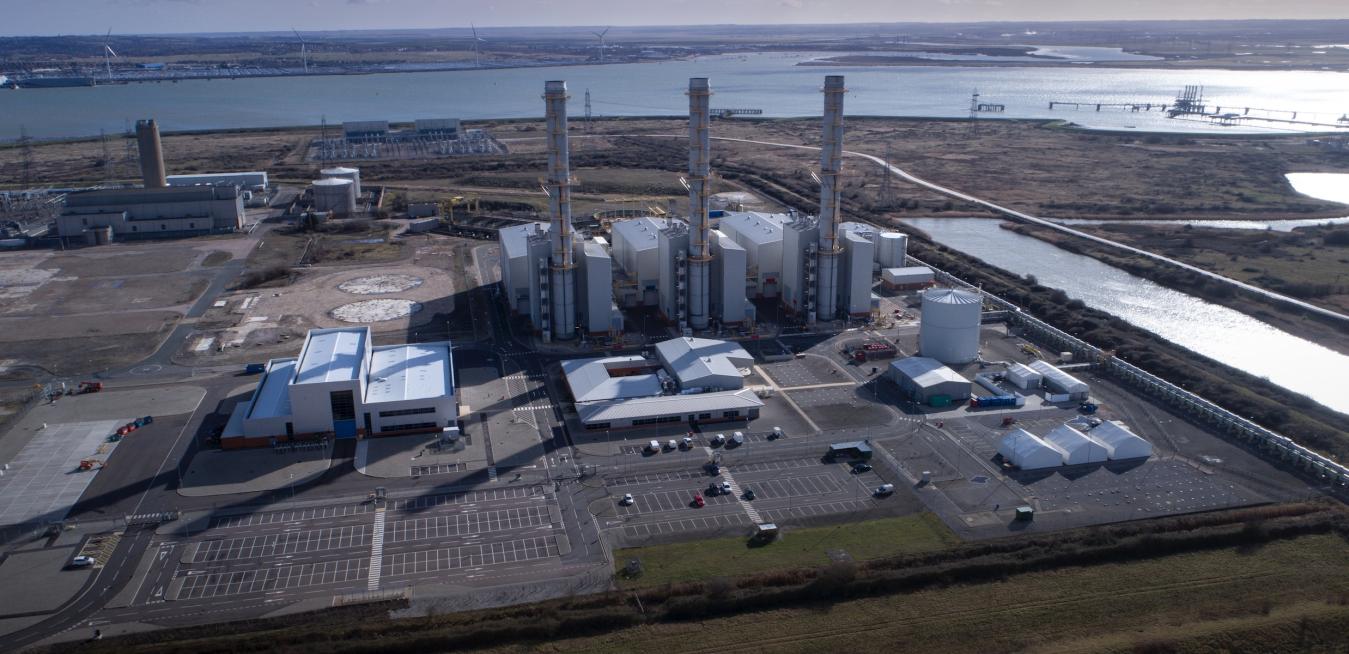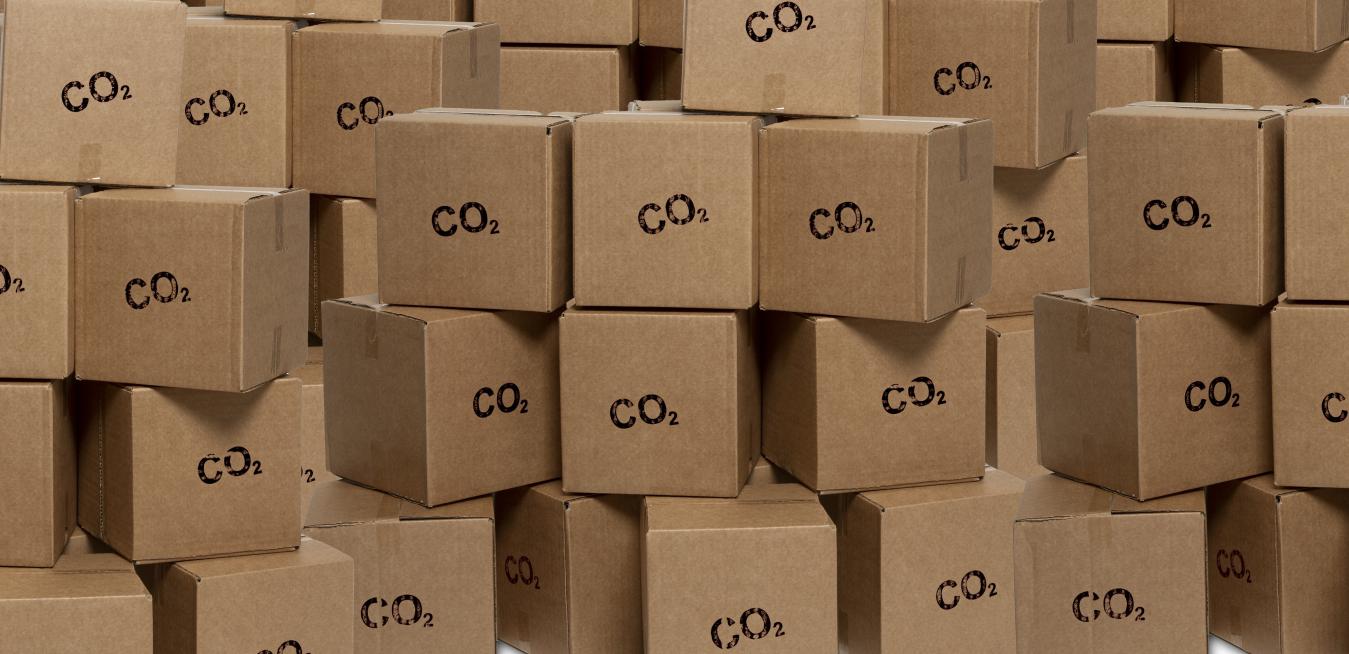- GE continues to collaborate with Uniper to lower the carbon footprint of its power generation operations in Europe
- GE’s hydrogen plant readiness assessment represents a significant step in Uniper’s Grain gas-fired power plant’s decarbonisation roadmap
- Project will explore solutions to enable operations using blends of natural gas and hydrogen, with hydrogen accounting for up to 40% by volume, targeting the decarbonisation of Grain’s 1,365 megawatts gas-fired power plant with GE technology in the next decade
Hillsborough County on Florida’s Gulf Coast is a perfect example for understanding how Florida became one of the fastest-growing states in the U.S. Encompassing the Tampa Bay metro area, it grew from a population of less than 1 million in 2000 to close to 1.5 million in 2020. And over the next 30 years, the county is projected to be the nation’s third-largest gainer in terms of population, with 600,000 more new residents coming. One thing they’ll surely need when they settle down is electricity.
Uniper, one of the world’s largest energy producers, announced in 2020 it planned to become carbon neutral by 2035. The company has already cooperated with GE Gas Power to improve the efficiency of its Enfield power plant, north of London. Now the two companies will be working together to help lower carbon emissions at Uniper’s newest combined-cycle power plant in the U.K.
Speaking at the Techonomy Climate 2022 conference in Mountain View, California, on Tuesday, Roger Martella, GE’s chief sustainability officer, wanted to quickly underscore what brought him there: “I think history will look back on this day, this month, this year, and say this was the era of climate innovation,” he said.
The race to decarbonize flight just picked up speed. Airbus and CFM International said this week they’ll collaborate on tests of an aircraft engine fueled by hydrogen.
As races go, this is a long-distance one. The partners will go to work immediately, with the aim of performing the first tests around the middle of this decade. This demonstration could pave the way for an aircraft that, if all goes according to plan, would carry passengers in the mid-2030s while producing no carbon emissions during flight.
The northern Appalachian region, covering Ohio, Pennsylvania and West Virginia, has helped America tap its energy reservoir over the past 150 years, supplying the country with its first oil and coal. Now the area’s industry is seeking to pivot, lead the country to a lower-carbon future and create new jobs along the way.
When GE released its Sustainability Report last June, it made a commitment to becoming carbon neutral in its own operations by 2030, and announced an ambition to be net zero by 2050, including Scope 3 emissions from the use of sold products. GE’s technology and its long innovation tradition are already helping customers find new ways to deal with looming challenges like the energy transition to address climate change. Take a look at our list.
Hello, Hydrogen
In 1836, Charles Darwin visited Australia as part of the historic second voyage of the HMS Beagle. Though he didn’t make landfall on that continent’s northern coast, the Beagle’s follow-up expedition studied the shores of the Northern Territory, and the captain of the Beagle gave Port Darwin its name in honor of the father of the theory of evolution. Today Darwin is the territory’s capital, and it’s playing a role in a new kind of evolution for our species: the transition toward a decarbonized energy future.
- Territory Generation has selected GE’s TM2500* mobile aeroderivative gas turbine for its Channel Island Power Station.
- The TM2500 will support grid firming in the Darwin-Katherine region
- The project supports the Australian Government’s commitment to building a hydrogen industry in Australia and the Northern Territory’s Roadmap to Renewables energy policy, which targets 50% renewable energy by 2030.
Darwin, AUSTRALIA - October 11, 2021 - The Northern Territory’s major electricity producer,
business unit
tags
- Bringing together French industrial champions and key academic institutions, this research MOU intends to advance innovation around hydrogen for all uses, including low-carbon projects for gas power generation and industrial applications
- This MOU establishes a hydrogen (H2) research framework with dedicated resources in France to design and conduct a joint program, fostering collaboration and innovation in support of the energy transition.
BELFORT, France – September 30th 2021 – General Electric, GRTgaz, Ineris, M











